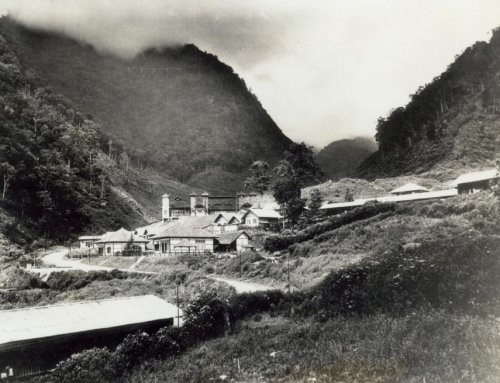
The long distance between the Netherlands and Indonesia made the Dutch obsessed with all technologies that can bring the distance between the two closer. After the transportation and telecommunications revolution in the 19th century with the advent of steamships and the telegraph, in the 20th century the Dutch had ambitions to build intercontinental wireless radio and telephone networks.
Bandung was chosen as the location for the radio-telephone station to be built. The transmitting antennas were spread between two mountains, directed towards the Netherlands which was 12,000 kilometers away.
Construction of the wireless telecommunications infrastructure began in 1916, World War I conditions made it impossible to get cable and it was politically difficult to build across many countries which were in war. Then the choice fell on wireless mode, using long waves to connect Indonesia with the Netherlands.
The Malabar radio-telephone station was finally completed and inaugurated in 1923 by sending a voice message to the Queen of the Netherlands and the Minister for Colonial Affairs on May 5, 1923.
Over the following years, the first and largest radio-telephone station in Asia served the telecommunications needs of Indonesia and the Netherlands. Dutch people living in Indonesia often used the telephone to contact their families in the Netherlands.
During the Japanese occupation, these radio-telephone stations were used to spread Japanese military propaganda throughout Asia. The history of this radio-telephone station finally ended when it was destroyed by Indonesian independence fighters to prevent it from being used by the Dutch military during military aggression.
The photo above shows the scene at the Malabar radio-telephone station in 1934.
Comments